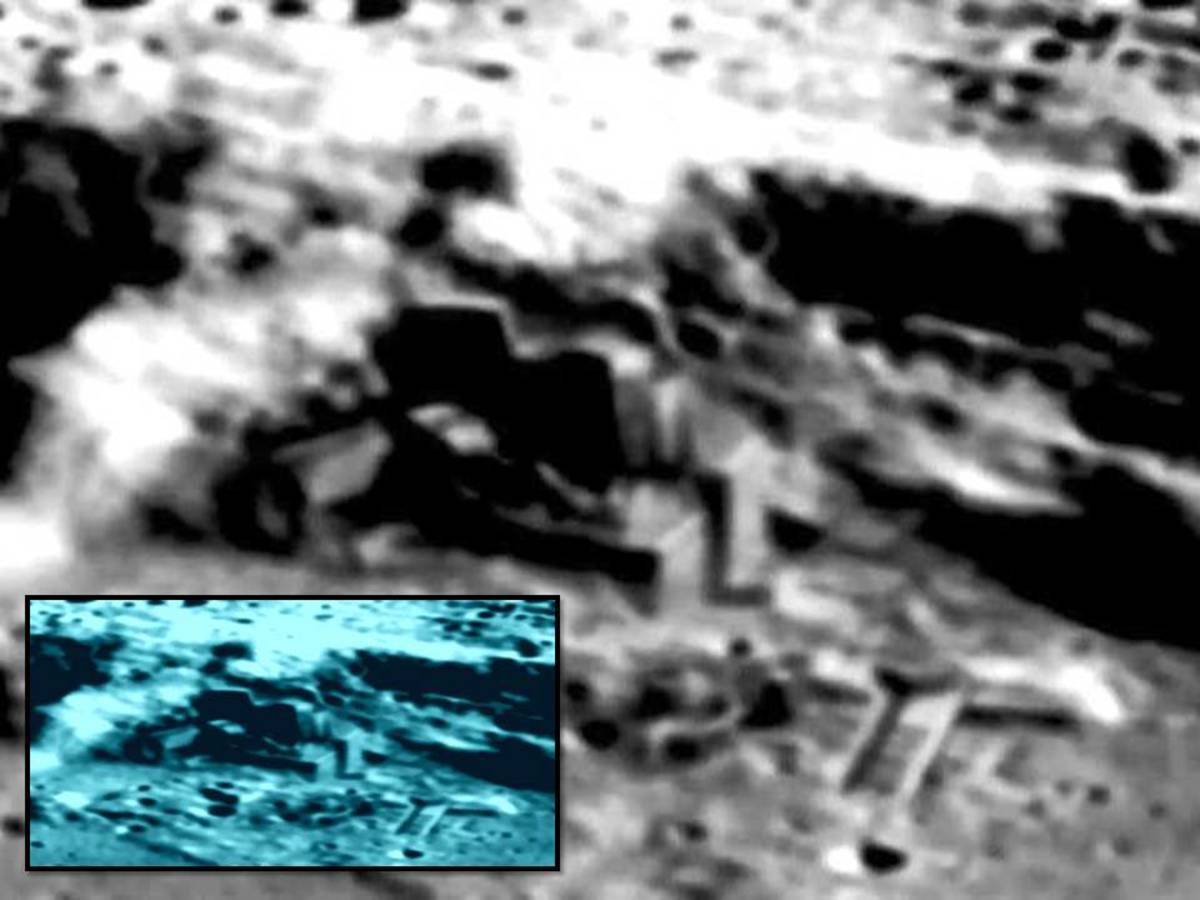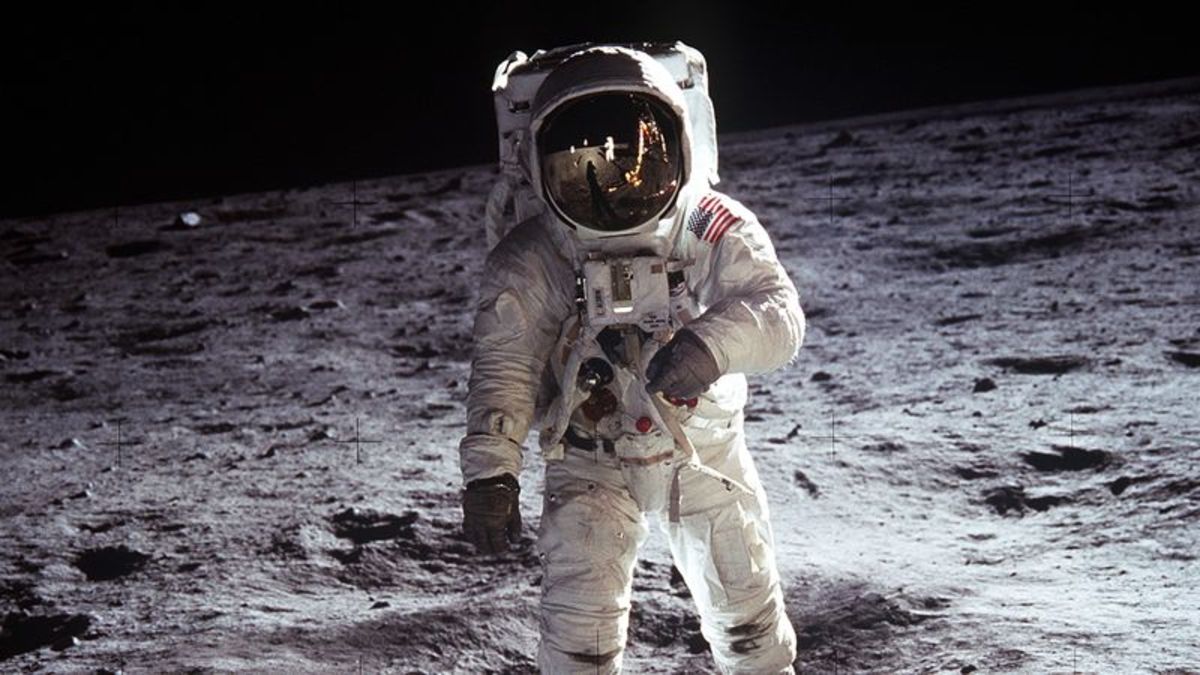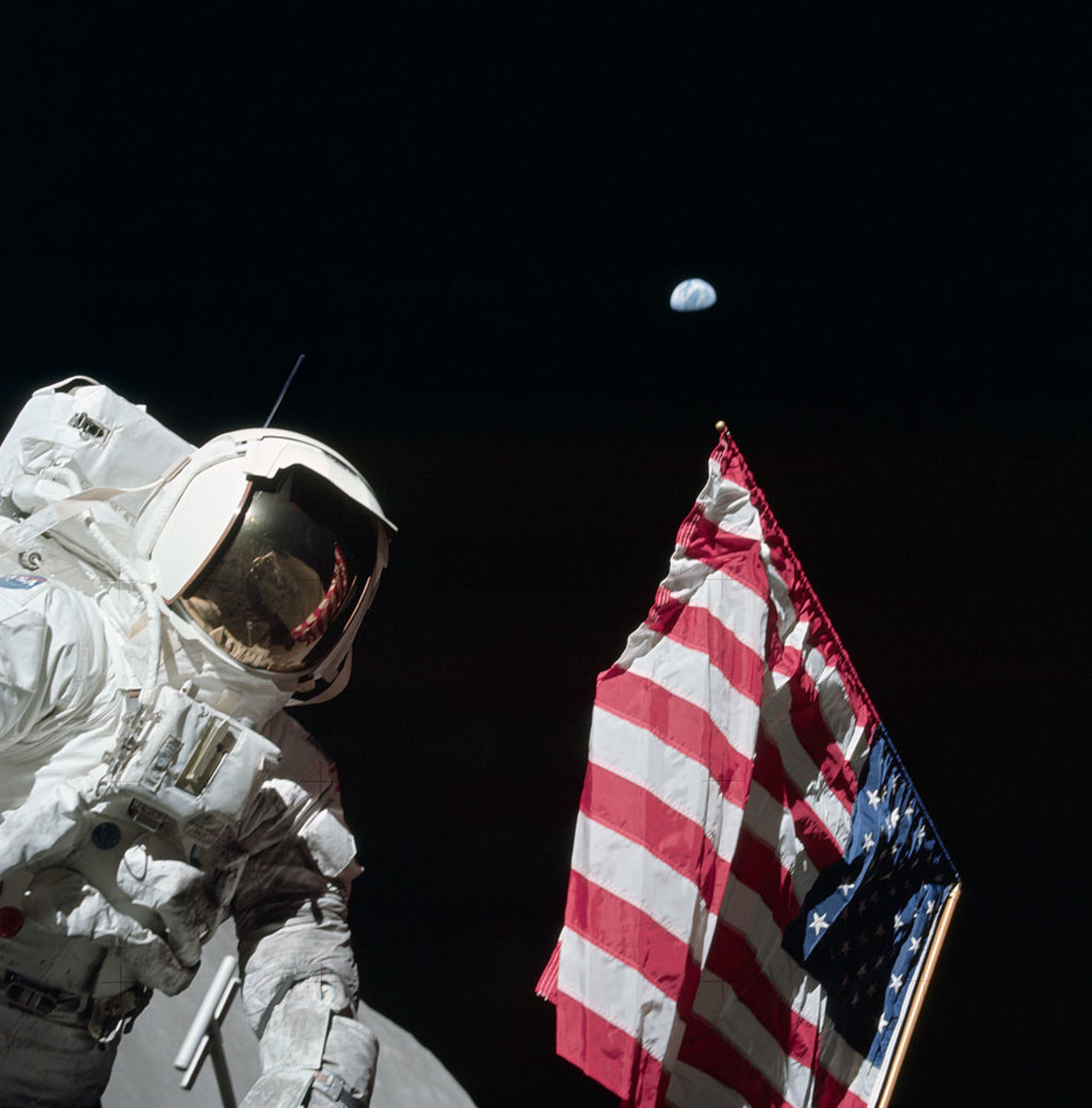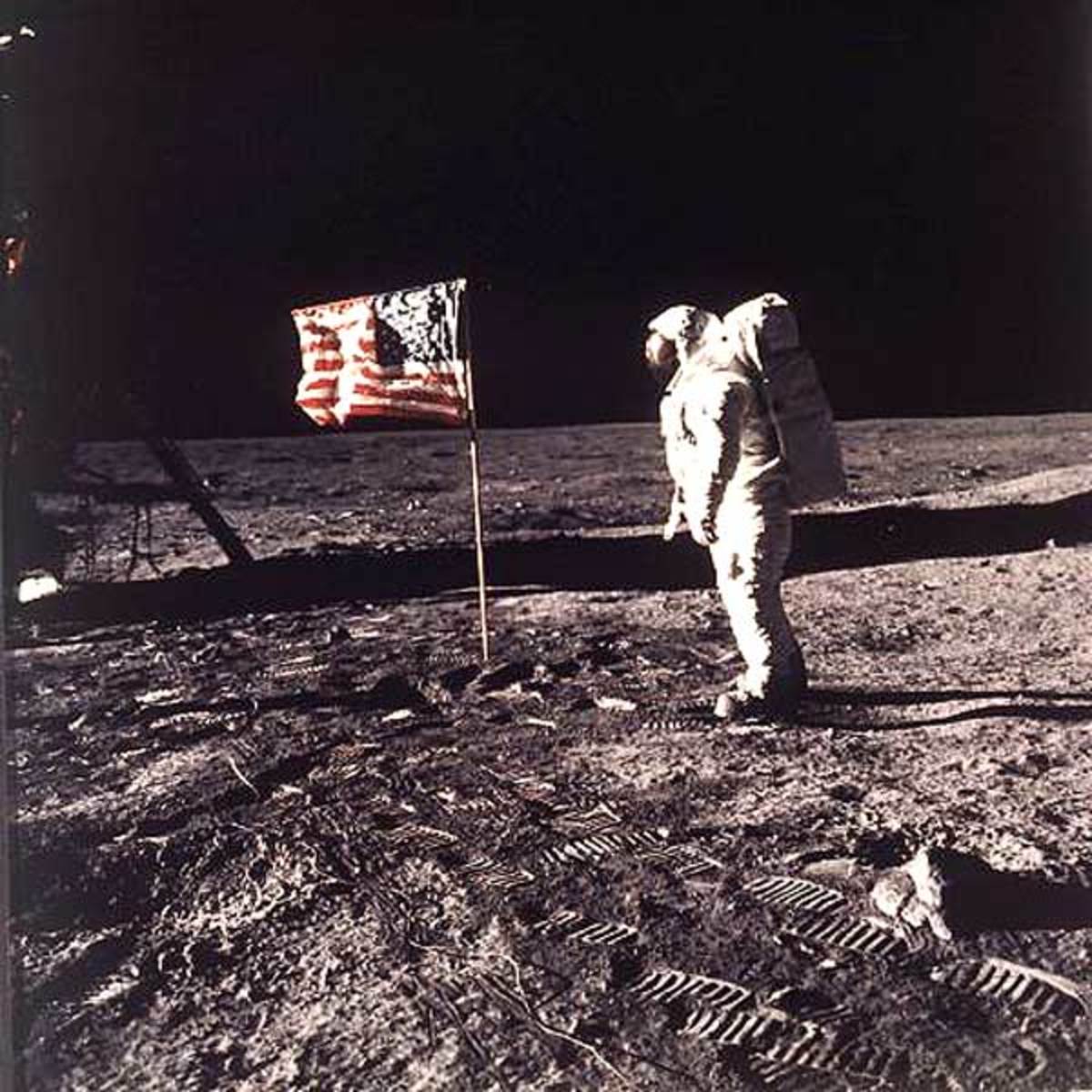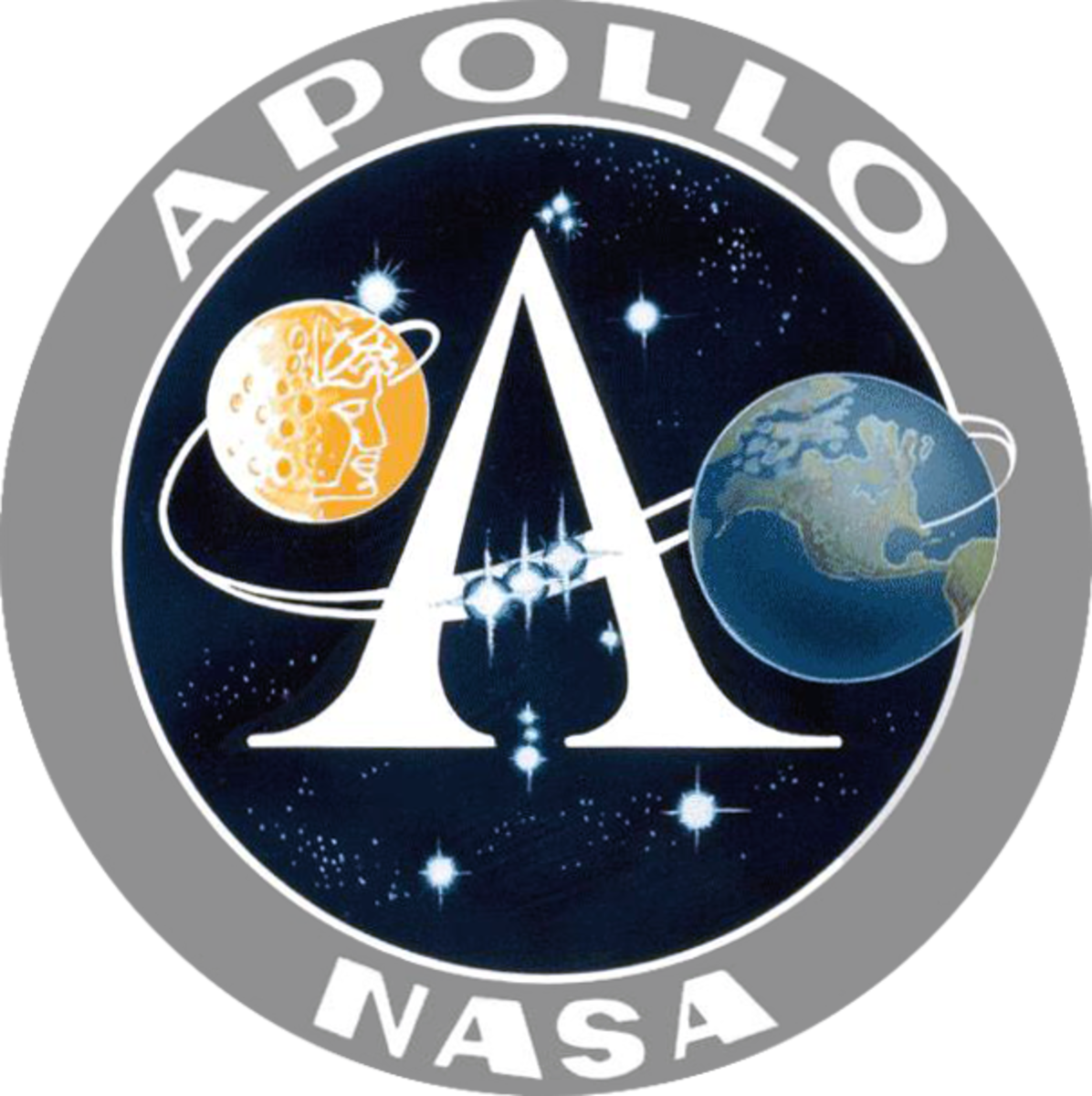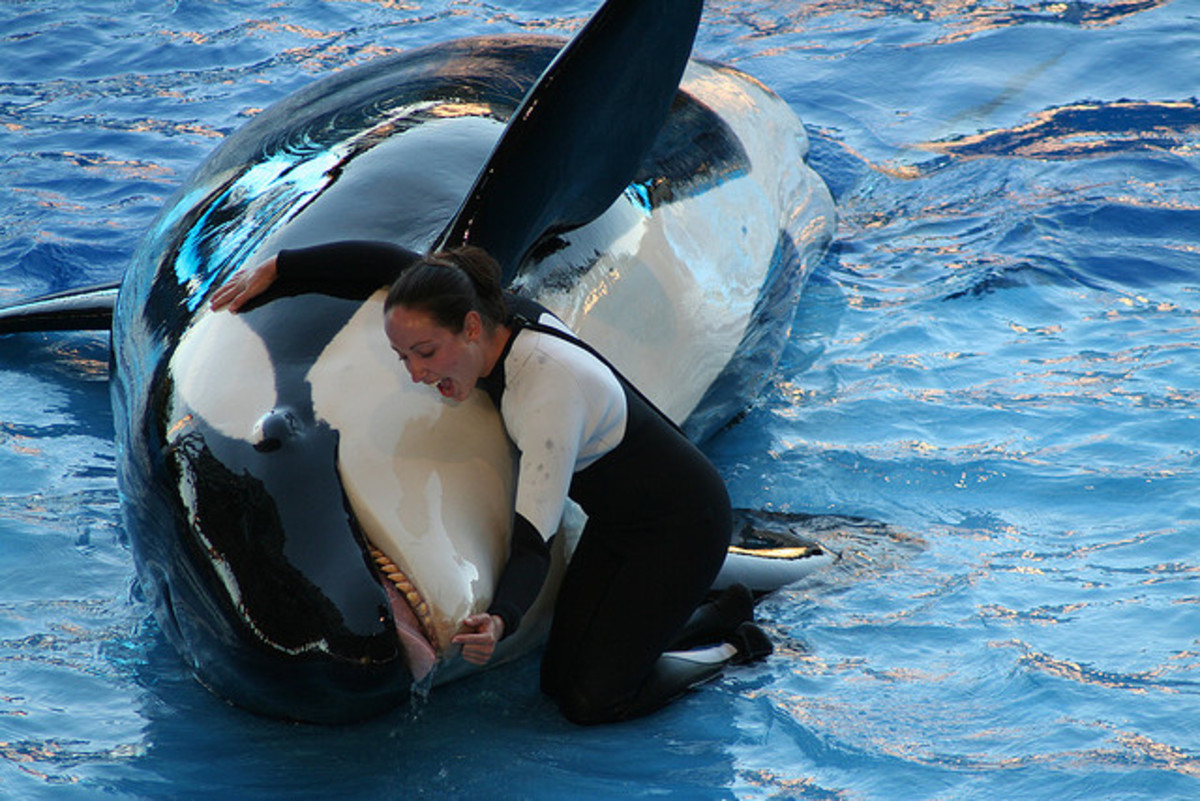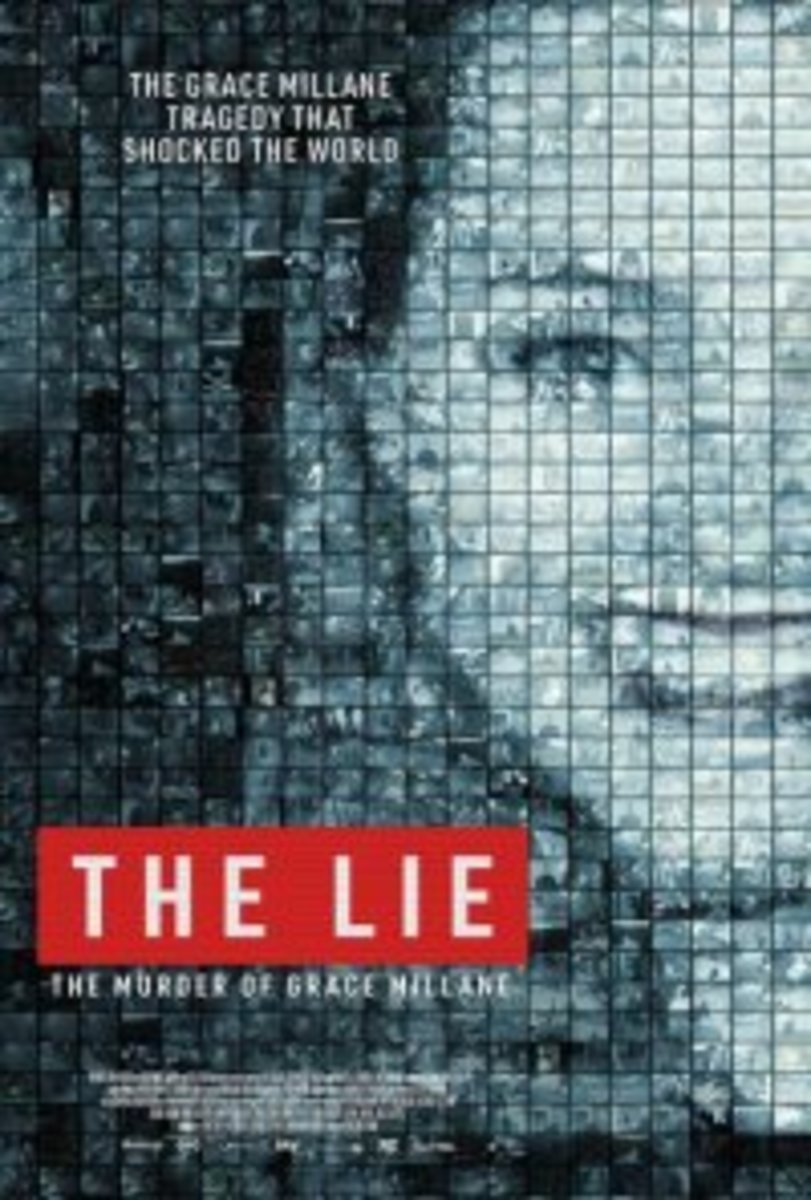To the Moon for the First Time: Apollo 11
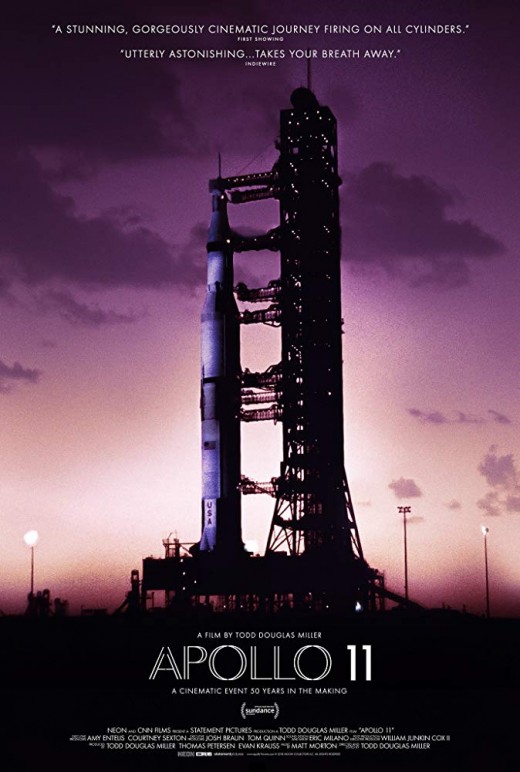
Synopsis
The documentary Apollo 11 tells the story of the first moon landing mission exclusively using the words and the much of the film footage from the 1969 expedition. The documentary includes footage from the launch to the pertinent details following the return of its astronauts to earth. The movie includes film from the mission itself, as well as the team on the ground in Houston monitoring every moment to ensure everything works almost exactly as planned. Footage of Walter Cronkite's commentary gives an indication of the coverage people at home saw and heard.
Evaluation
Apollo 11 marks the second documentary that director-editor Todd Douglas Miller has made about the Apollo program with the cooperation of NASA. The first came in 2016, when he made the short documentary The Last Steps, which chronicled the Apollo 17 mission (Those interested in this short can find it, with commercial interruptions, on YouTube). With the exception of unobtrusive graphics and music, Miller adds nothing to the old footage. His efforts transport viewers to the days in 1969, when Neil Armstrong, Edwin "Buzz" Aldrin, and Michael Collins ventured further than any other men had previously traveled. Apollo 11 shows each step of the journey as though success were no guarantee. This approach reminded me of the scene in the 2018 mission drama First Man where the Chief of the Astronaut Office hands the Flight Director a prepared statement that will be released in the event of the mission's failure. Miller also includes quite a bit of previously unseen footage from the flight, the moon walk, and from Mission Control.
The newly released footage is the best part of the documentary. For example, Miller shows footage of Armstrong with his feet outside the capsule, getting ready to take his historic first steps. It also shows Armstrong and Aldrin setting up experiments during their brief moon stay. For those who believe that the moon landing was staged, Armstrong will give some non-believers proof of their attitude when he describes the surface of the moon to the sands of Arizona. Miller also shows several different rooms at Mission Control, each doing their part in coordinating each step with the astronauts. Miller also worked with his collaborators on making the images as presentable as possible. That succeeds, as this looks like s filmed document that was made in 1969, then then stored in a safe place for 2019 audiences. Almost all of the footage that didn't come from the time of the expedition came from the 1961 speech John F. Kennedy famously gave where he proclaimed the USA would put a man on the moon.
Conclusion
Filmmakers have made some fine recreations about the first trip to the moon. First Man centered on Armstrong, while the 2000 Australian film The Dish was based loosely on the efforts the people in the Southern Hemisphere used to assist NASA in maintaining a constant film feed. Apollo 11, though, does what recreations cannot. It is a cinema verite in the documentary genre. The film takes viewers through the days that proved to be a landmark for the space program. Some of the footage is familiar, but other footage, which includes images taken by the astronauts themselves, gives audiences a new perspective of the events of those days. Man's exploration of space continues, but I'm not sure any moment will top that July evening in 1969, which I saw for myself as it happened, where Armstrong made that "one giant leap for mankind."
On a scale of zero to four stars, I give Apollo 11 four stars. Showing history as it happened.
Apollo 11 trailer
© 2019 Pat Mills

